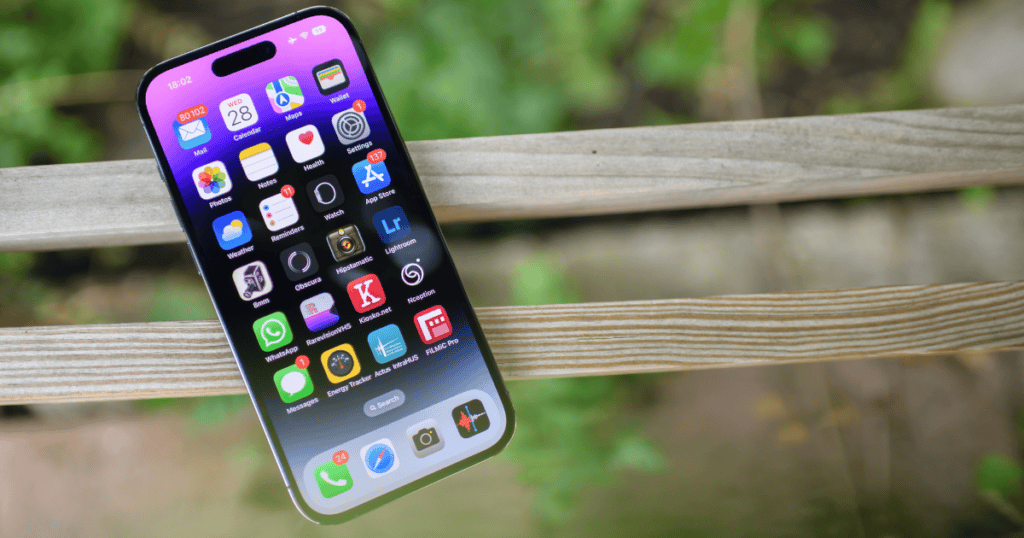Samsung Display and LG Display have secured Apple’s approval to commence mass production of OLED screens for the upcoming iPhone 16 Pro models, according to a report by Korea’s The Elec.
Earlier this month, both suppliers received the green light to start mass-producing displays for the iPhone 16 Pro models. Samsung Display is set to supply OLED screens for all four iPhone 16 models, while LG Display will provide screens exclusively for the Pro models. Additionally, BOE is expected to assist in supplying OLED displays for the standard iPhone 16 and iPhone 16 Plus.
This development is significant for LG, which has historically faced challenges in meeting Apple’s production timelines. Last year, LG Display received approval for the iPhone 15 Pro OLED screens several months after Samsung Display, enabling Samsung to increase its market share and secure higher prices.
Key Points
Samsung Display:
- Received approval for OLED screens for all four iPhone 16 models.
- Currently approved for the standard iPhone 16 and iPhone 16 Pro.
- Expected to undergo approval for the iPhone 16 Pro Max’s OLED screens by the end of the month.
LG Display:
- Approved for OLED screens for the iPhone 16 Pro models.
- Scheduled for further approval in mid-June for the Pro Max model.
BOE:
- Anticipated to help supply OLED displays for the iPhone 16 and iPhone 16 Plus.
Implications and Historical Context
The approval for mass production is particularly noteworthy for LG Display. In the past, LG has struggled to meet Apple’s stringent production deadlines, often trailing behind Samsung in securing approvals. For instance, last year, LG Display only received the go-ahead for the iPhone 15 Pro OLED screens several months after Samsung Display, which allowed Samsung to dominate the market share and command higher prices.
By receiving earlier approval this year, LG Display has an opportunity to enhance its market presence and better compete with Samsung Display. This shift may lead to a more balanced supply chain and potentially more competitive pricing for Apple’s OLED screens.
Technical Enhancements
According to The Elec, the differences between the OLED displays for the iPhone 15 Pro and iPhone 16 Pro are minimal. However, one notable improvement is the use of Border Reduction Structure (BRS) technology, which is expected to result in slightly thinner bezels for the iPhone 16 Pro models. This enhancement aligns with Apple’s ongoing efforts to refine the aesthetics and ergonomics of its flagship devices.
Launch Timeline
The entire iPhone 16 lineup is anticipated to launch in the fall. With mass production approval already in place, both Samsung Display and LG Display are well-positioned to meet Apple’s production schedule and ensure a timely release of the new models.
Summary of Key Developments:
- Samsung Display:
- Approved for OLED screens for all four iPhone 16 models.
- Expected to complete approval for Pro Max by month’s end.
- LG Display:
- Secured approval for iPhone 16 Pro OLED screens.
- Faces mid-June approval for Pro Max model.
- Historically struggled with production timelines, but now poised for a stronger market presence.
- BOE:
- Expected to supply OLED displays for iPhone 16 and iPhone 16 Plus.
- Technical Enhancements:
- OLED displays for iPhone 16 Pro models will have minimal changes from iPhone 15 Pro.
- Slightly thinner bezels due to BRS technology.
MacReview verdict
The approval of mass production for the iPhone 16 Pro OLED displays marks a significant milestone for both Samsung Display and LG Display. As the tech giants gear up for the launch of the iPhone 16 lineup this fall, the advancements in display technology and strategic supplier collaborations underscore Apple’s commitment to delivering cutting-edge products to its consumers. The introduction of thinner bezels and the seamless integration of OLED technology are set to enhance the user experience and maintain Apple’s competitive edge in the smartphone market.




